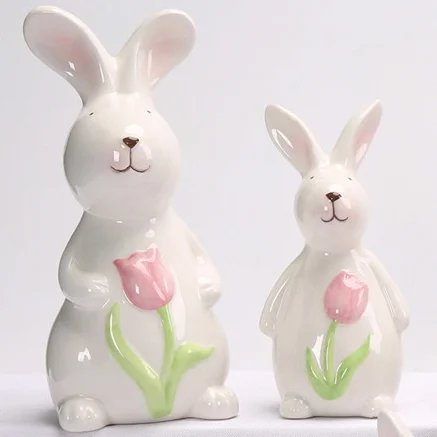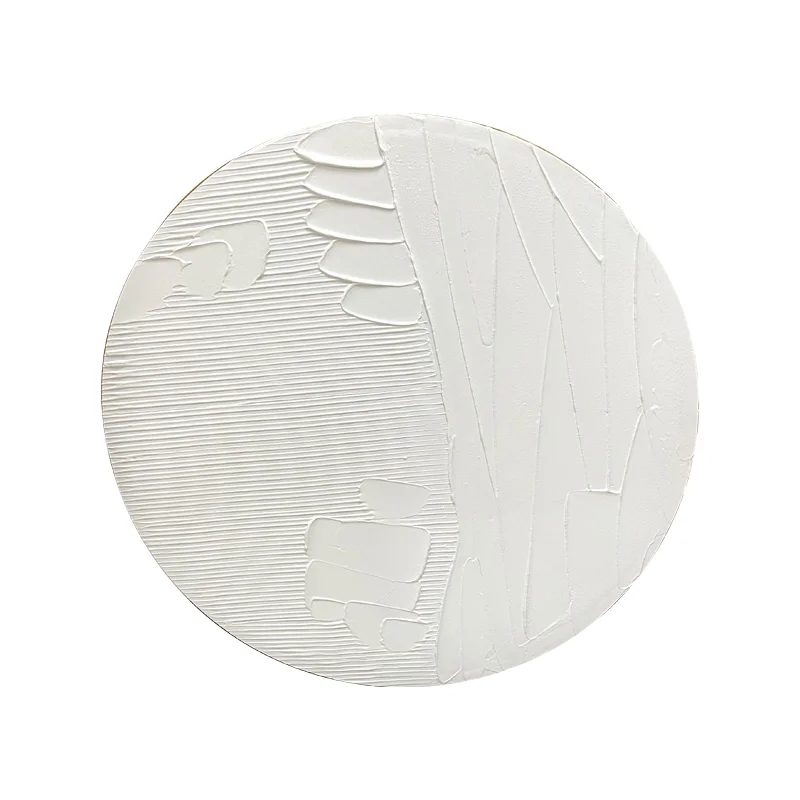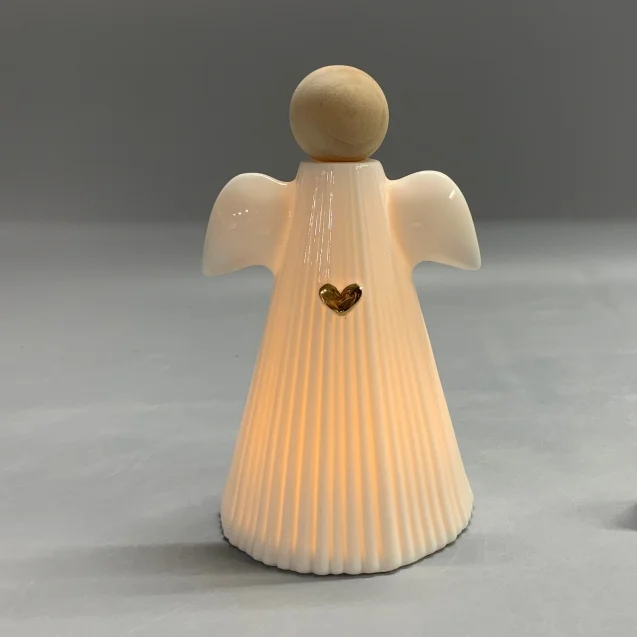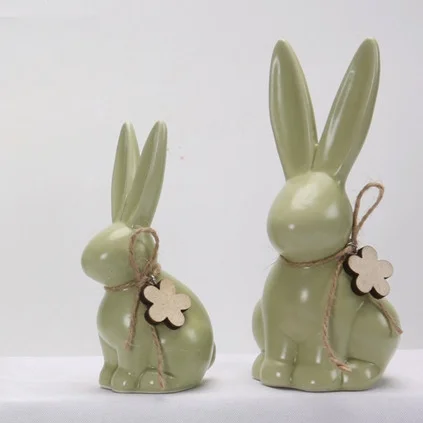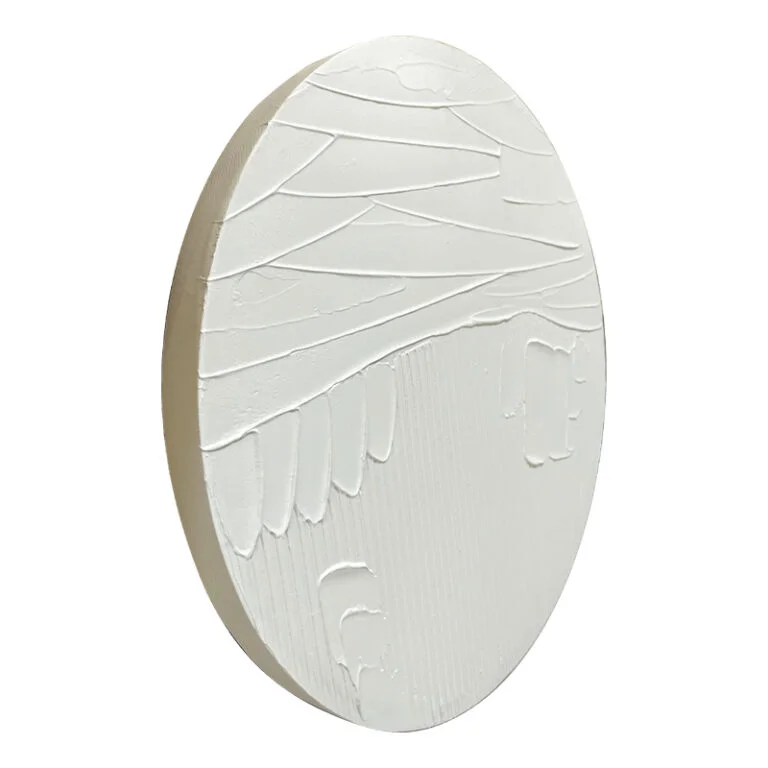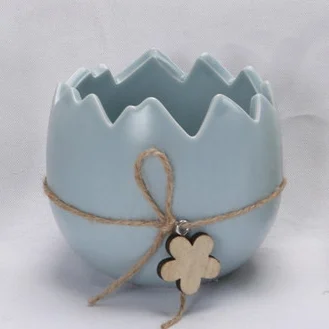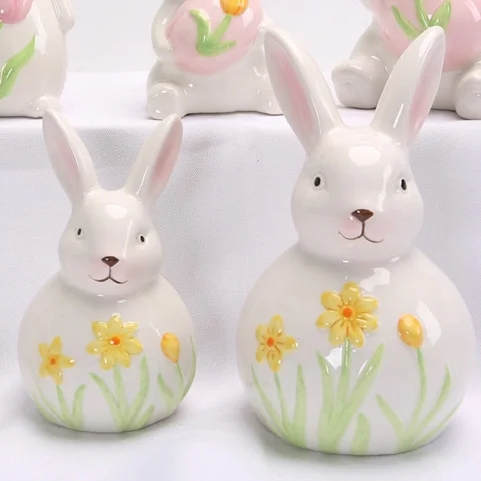Textured Wall Art Trends and Applications
Textured wall art is rapidly gaining popularity as a go-to design element for both residential and commercial spaces. Combining aesthetics with tactile appeal, this art form transforms plain walls into dynamic focal points, offering depth and character to any room.
What is Textured Wall Art?
Textured wall art refers to three-dimensional artwork that incorporates materials such as wood, metal, plaster, fabric, or even recycled elements to create a multi-sensory experience. Unlike traditional flat paintings or prints, textured pieces engage viewers through both visual and physical depth.
Why is it Trending?
-
Adds Dimension – In minimalist and modern interiors, textured art breaks monotony without overwhelming the space.
-
Versatility – Works in various styles, from rustic and bohemian to industrial and contemporary.
-
Customization – Many artists and brands offer personalized textured pieces to match specific decor themes.
-
Acoustic Benefits – Some textured panels double as sound absorbers, making them ideal for offices and open-plan spaces.
Popular Techniques & Materials
-
Sculptural Bas-Reliefs – Hand-carved or molded designs in plaster or resin.
-
Mixed Media – Combinations of metal, wood, and paint for eclectic appeal.
-
Fiber Art – Woven wall hangings or macramé for a softer texture.
-
Reclaimed Materials – Eco-friendly art using repurposed wood or metal.
Industry Insights
Interior designers note a surge in demand for textured art, particularly in hospitality and corporate settings. “Clients want spaces that feel unique and immersive,” says [Designer Name] of [Firm]. “Textured walls create an instant conversation piece.”
Where to Find It
From high-end galleries to DIY tutorials, textured wall art is accessible at various price points. Major retailers like Etsy, Wayfair, and local artisan markets are seeing increased sales in this category.
Future Outlook
As biophilic and sensory design trends grow, textured wall art is expected to evolve with innovative materials like 3D-printed elements and sustainable composites.
Would you try textured wall art in your space? Share your thoughts with us!
#InteriorDesign #WallArt #HomeDecor #TexturedArt #DesignTrends
